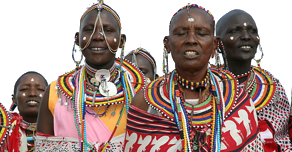What is Ebola virus?
Ebola (Ebola virus) is also translated as Ebola virus. It is a very rare virus. After its existence was discovered in 1976 in the Ebola River region of southern Sudan and the Democratic Republic of Congo (old Zaire), it caused widespread concern and attention in the medical community. "Ebola" So named. It is a general term used to describe a group of several viruses belonging to the fibrovirus family Ebola virus. Ebola virus is a severe infectious disease virus that can cause Ebola hemorrhagic fever in humans and other primates. The Ebola hemorrhagic fever (EBHF) caused by it is the most deadly viral hemorrhagic fever in the world today. The symptoms of the infected person are very similar to the Marburg virus, which also belongs to the Fibroviridae family, including nausea, vomiting, diarrhea, skin color changes, body aches, internal bleeding, extracorporeal bleeding, and fever. The mortality rate is between 50% and 90%, and the main causes of death are stroke, myocardial infarction, hypovolemic shock or multiple organ failure. Ebola virus has a biosafety level of 4 (AIDS level 3, SARS level 3, the greater the level, the stricter the protection). The incubation period of the virus can reach 2 to 21 days, but usually only 5 to 10 days. The World Health Organization announced on December 23, 2016 that the vaccine developed by the Public Health Agency of Canada can effectively protect against Ebola virus.
